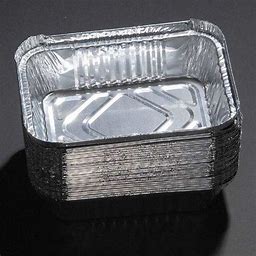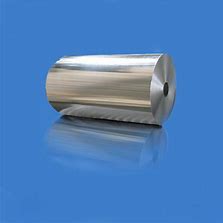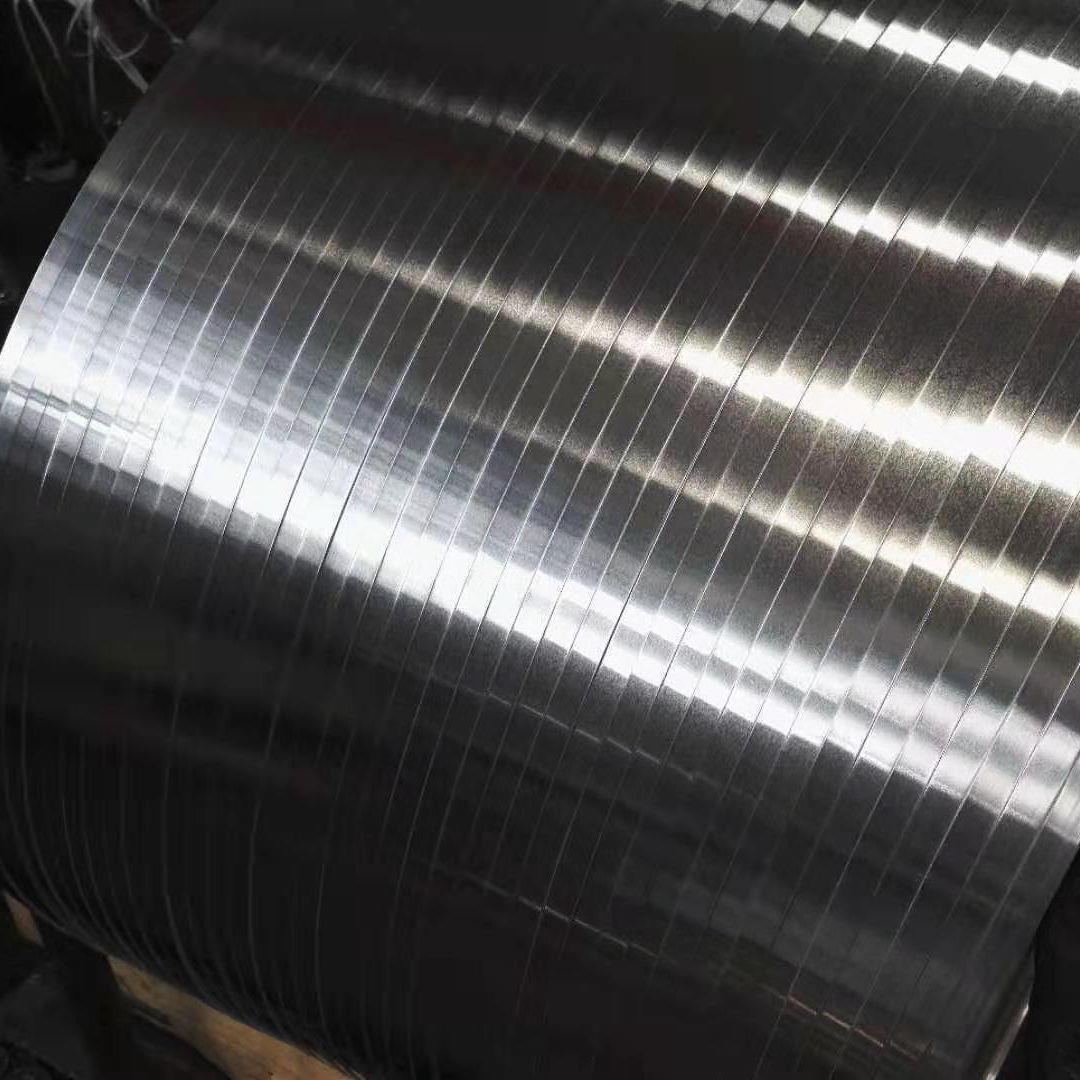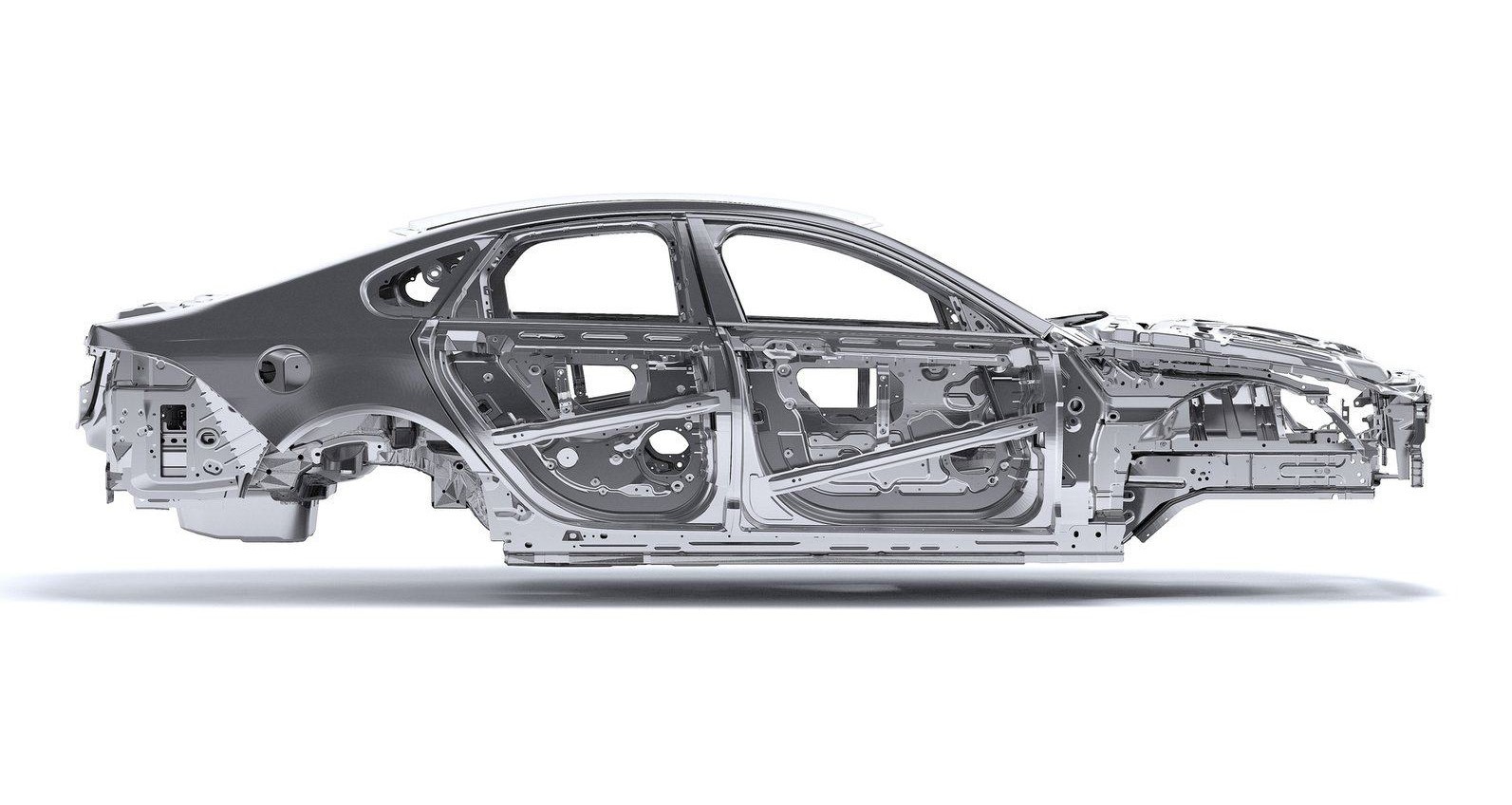



Quenching and cooling rate of aluminium quenching furnaces
The quenching cooling rate of the aluminium quenching furnace must ensure that the supersaturated solid solution is fixed and does not decompose. To prevent the precipitation of reinforcing phases, reduce the mechanical properties after quenching and aging. Therefore, the faster the cooling rate during quenching, the better. However, the greater the cooling rate, the quenched product residual stress and residual deformation is also greater, so the cooling rate should be determined according to the different alloys and different shapes and sizes of products.
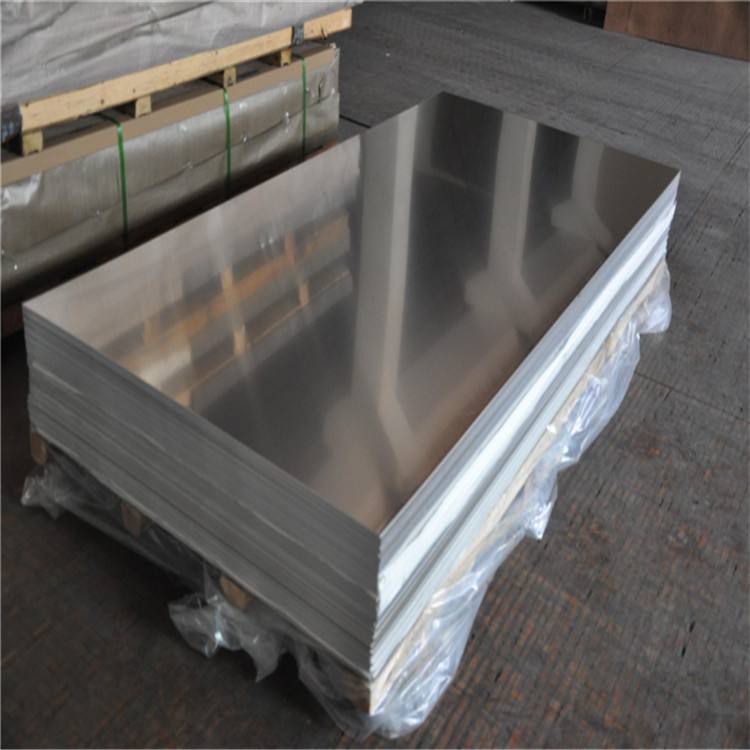
General quenching of the alloy is sensitive to the cooling rate, the choice of cooling rate to large. Such as 2A11, 2A12 alloy quenching cooling rate should be more than 50 ℃ / s, and 7A04 alloy is very sensitive to the cooling rate, the quenching cooling rate required in 170 ℃ / s or more.
For the shape, size of different products should be used for different cooling rates, usually mainly by adjusting the temperature of the quenching medium to achieve. For the shape of simple, small and medium-sized, bar available room temperature water quenching (water temperature is generally l0 ~ 35 ℃), for the shape of complex, large differences in wall thickness of the profile, available 40 ~ 50 ℃ of water quenching. And for particularly easy to produce deformation of the product, even the water temperature can be increased to 75 ~ 85 ℃ quenching. Tests have shown that as the water temperature rises so that the mechanical properties of quenched products and corrosion resistance is reduced.
The most commonly used quenching medium for aluminium alloy quenching furnace is water. Because of the small viscosity of water, heat capacity, evaporation of heat fast, cooling capacity, and the use of very convenient, economic. But it has the disadvantage of reduced cooling capacity after heating. The quenching and heating of products cooled in water can be divided into three stages: the first stage is the film boiling stage. When the incandescent products and cold water just contact, in its surface immediately formed a layer of uneven superheated steam film, it is very firm, poor thermal conductivity, so that the cooling rate of the products reduced. The second stage is the bubble boiling stage. When the vapour film is destroyed, the liquid near the surface of the metal produces violent boiling and strong heat exchange occurs. The third stage is the heat convection stage, where the cooling water is circulated, or the product swings from side to side, or moves up and down, increasing the heat exchange between the surface of the product and the water to increase the cooling speed.
* Thank you for your inquiry. Please provide your business needs information so that we can better serve you.
This information can help us assign the most suitable person to solve your problem. We will give you feedback within 1-2 working days.
Related Blog
